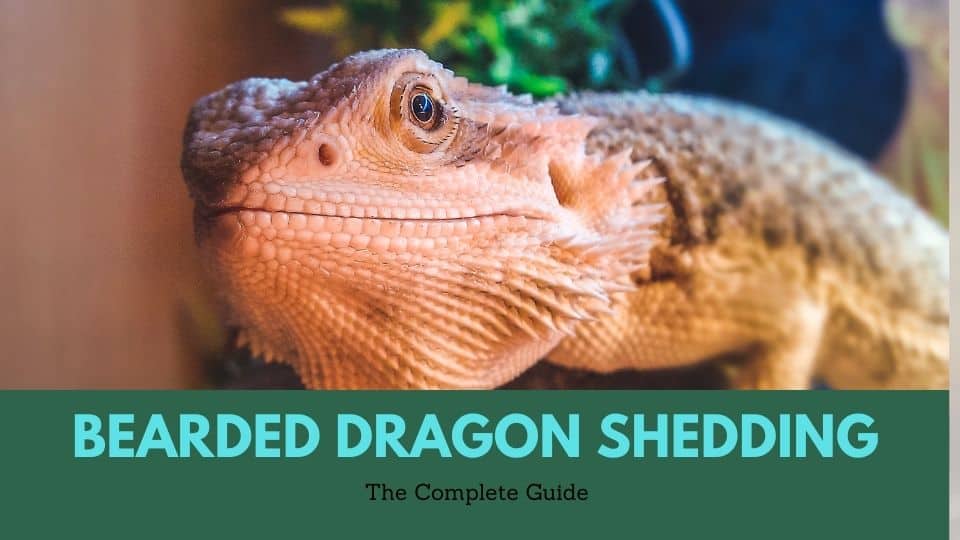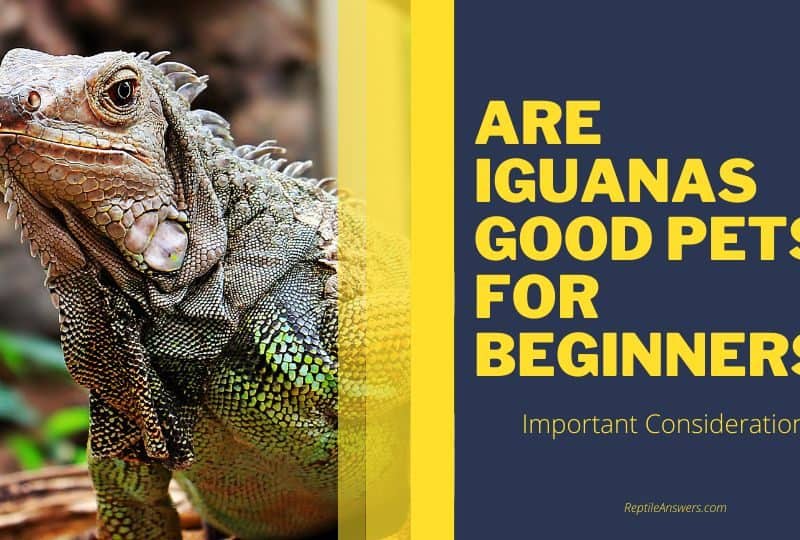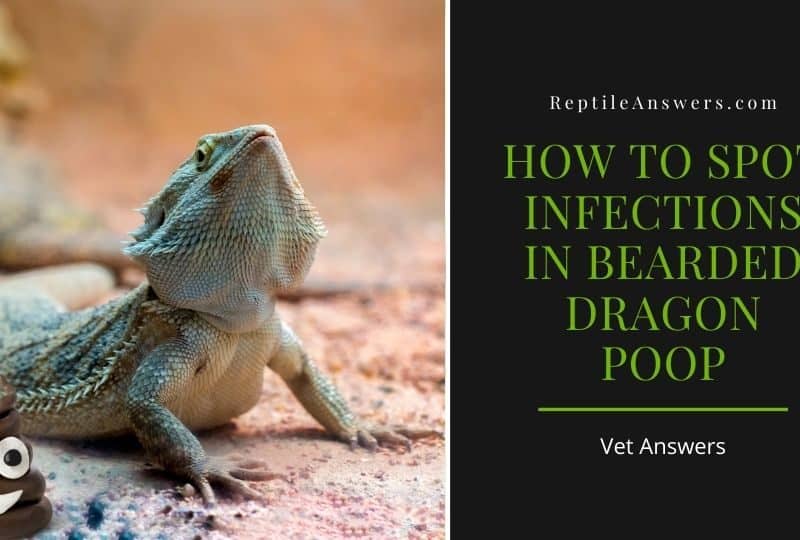If you’re wondering about the shedding habits of your bearded dragon, you’ve come to the right place. Here you’ll learn what to look for and what to do in case your beardie is not shedding at all. If you’re concerned, you should consult with your vet first. This guide provides comprehensive advice for both babies and adult Bearded Dragons. It also contains information on proper diet and lighting.

Why is my Bearded Dragon shedding?
Your Bearded Dragon will inevitably shed. The process of shedding can be sporadic, lasting from several days to a week. Bearded dragons do less frequent full body sheds when they reach full adulthood.
You may notice odd body parts shedding during this time without realizing it. If you notice a sudden or continuous shedding, you may want to contact your exotics veterinarian to find out the cause.
You can prevent excessive shedding by giving your beardie regular baths. However, if you don’t give your beardie a regular bath, you could cause him to become irritable and refuse to eat for days.
Although your beardie may become irritable during the shedding process, it’s not a serious cause for concern. This is a natural behavior for Bearded Dragons. When shedding, they eat the skin to disguise themselves from predators.
Misting your beardie regularly will help loosen its dead skin. A bath will also make its environment more humid. Misting your beardie will help loosen the loose skin. You should do this daily until the shedding process is completed.
Make sure that your beardie’s habitat is suitable for shedding. If you can’t afford to bathe it regularly, consider giving it a misting bath instead.
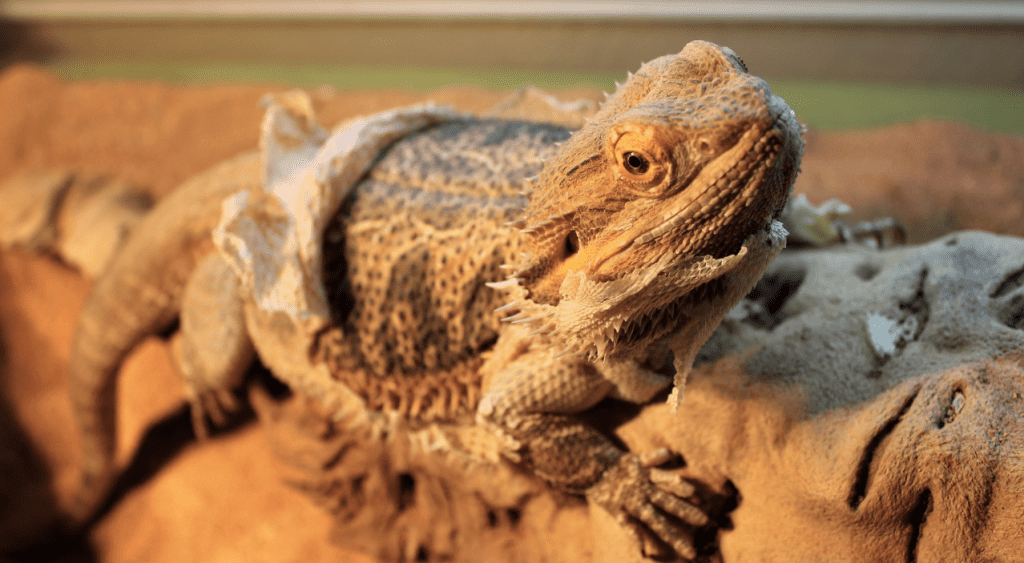
What are the signs of a Bearded Dragon shedding?
There are many signs that your Bearded Dragon may be shedding. First of all, you’ll need to check your beardie’s food intake. A baby will typically only lose its appetite for a few days during shedding.
Adult Beardies will typically shed a few times a year. During this time, you can expect your beardie to lose weight. It might seem like your beardie is going hungry but it’s just shedding!
Your beardie’s eyes may start to bulge. The eyes of bearded dragons can be puffy – and they can be a hint of some health problems. Depending on what’s causing the bulge, you may need to treat the cause.
Your beardie may also start gnawing at its old skin, which is loaded with calcium and can cause discomfort. It may also become more irritable and even exhibit some signs of illness.
If your beardie has trouble shedding, be prepared for a few days of miserable behavior. After shedding, your beardie will appear bright and shiny once again! You should limit your beardie’s interactions with you during this time.

What to do for a shedding Bearded Dragon?
If your beardie is shedding frequently, you may be wondering how to treat it. The best way to deal with this problem is to simply keep it away from its heat source, which may trigger shedding.
This condition can also be a sign of a weakened immune system. In addition, if your beardie is not eating enough calcium, it could be suffering from a deficiency of the vitamin.
One of the easiest ways to help your beardie shed is to use a shedding aid. These products are sold at pet stores. Zoo Med’s Repti Shedding Aid is a popular choice among bearded dragon owners, as it promotes shedding by promoting the breakdown of dead skin.
Bearded dragons can also benefit from a bath, and a special bath made for them is designed to make this process easier.
Bearded dragons shed several times a year in various pieces. During the shedding process, your beardie may act aggressively. This behavior will last for at least two weeks.
If your beardie is being aggressive and having difficulty shedding, you may want to consider a few ways to soothe him and promote better skin health. A bath or oil is unnecessary, but ensure UVB and a proper light and heat gradient.
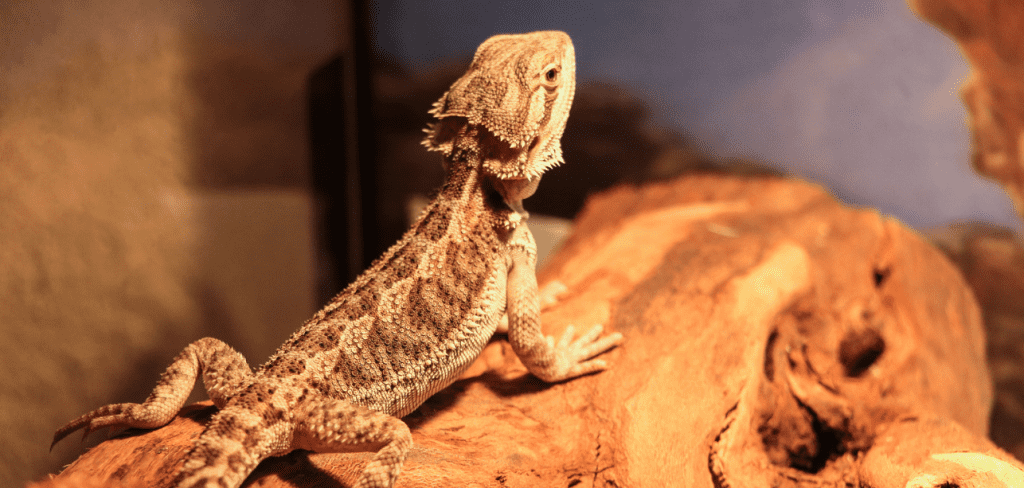
My Bearded Dragon is Not Shedding Properly
Your bearded dragon may be experiencing shedding issues. This is a normal process for reptiles and should be part of your pet’s daily routine. Bearded dragons shed for a number of reasons, including age, growth, damaged skin, and parasites.
In order to help your beardie shed properly, learn what causes incomplete shedding and how to help him or her. This article will discuss some of the most common causes of incomplete shedding in bearded dragons.
It’s possible that your beardie isn’t shedding because it’s not ready to shed. Bearded dragons typically shed once a month as infants and two to three times a year as adults. Slow growth may prevent a beardie from shedding, but it’s not something to panic over.
To prevent this from happening, make sure your beardie is eating plenty of food and has an appropriate growth rate. If your beardie doesn’t eat, it might be due to other reasons, but that’s not the main cause.

How Long Does it Take For a Bearded Dragon to Shed
The shedding process of your Bearded Dragon can take anywhere from a few days to three weeks. If you notice that your beardie is not shedding, it could be a sign that they’re stuck in the shedding process and need help.
You can help them shed by using shedding aids, but you should check with a vet if the problem persists. You should also check to see if your beardie has decreased its appetite.
You should expect a few days to a week of shedding, and remember that it’s not always the worst thing. Bearded Dragons shed according to their age. Younger beardies shed more often than adults.
This is because they’re growing rapidly, and their skin gets damaged by the environment. This means that they need a fresh coat to keep them healthy.
You should keep in mind that your beardie will do full body sheds less often when it’s an adult beardie. It will do partial body sheds occasionally and will do less often as it grows older.
A beardie’s appetite will generally be fine during the shedding process, and you should not worry too much if it loses appetite for no apparent reason. Often, your beardie will lose its appetite for a short period of time but will usually resume its regular feeding routine after the shedding is complete.
My Bearded Dragon is Shedding and Not Eating
There are many causes of a bearded dragon not eating or shedding. Your bearded dragon might be suffering from an infection or a stuck shed, which is a common problem for this breed.
It could also be a matter of temperature or humidity or loss of blood circulation. If you suspect your beardie has a stuck shed, you should bathe him and make sure you supervise the process. Adult beardies take longer to shed than young ones, so it’s best to give them baths every other day or two.
One of the most common causes of a bearded dragon not eating is a skin condition known as ecdysis, which occurs when the beardie sheds. It produces new skin that is more vibrant in color.
The process of shedding is scientifically known as ecdysis and is entirely natural for this species. In this process, the beardie replicates the skin underneath the old one and creates a new epidermis.

Why is My Bearded Dragon Not Shedding?
While most bearded dragons are prone to shedding, your pet may not shed all the time. Your beardie may shed odd parts of its body for a couple of days and then stop for a week or so.
The shedding blues in bearded dragons are often due to mites or yellow fungus diseases. However, this does not necessarily mean that your beardie is in need of medical attention.
The first symptom of this problem may be a sudden loss of appetite. Your beardie may also stop eating or have a reduced appetite for a few days or weeks. This is completely normal. Keep your beardie’s routine feeding schedule and monitor the condition for any other symptoms.
If your beardie isn’t shedding, it may not be time to start feeding it. Until it starts to shed, you should continue offering him regular meals and vegetables and keep him in fresh water.
When beardie dragons stop shedding, they will be less active during the shedding process. They will go to bed earlier than usual and greet you less often. They will also take longer to shed if they’re less active.
While this is normal behavior, your beardie will likely need help shedding its old skin. If you’re worried that your beardie has some type of medical condition, seek advice from your vet.
Why Your Bearded Dragon Ate his Own Shed Skin
You may be concerned if your bearded dragon has recently exhibited signs of eating his own shed skin. The skin of your beardie is extremely nutritious, and its ability to absorb UVB rays helps the body manufacture vitamin D3.
Your beardie may be eating the old shed, because it contains calcium and is loaded with nutrients. However, if you suspect your beardie is suffering from parasites, reduce the dose of any medications. This is because the skin of your beardie is more permeable during the molting phase, and any medications your beardie is taking will likely be absorbed through his skin.
It is a natural reflex for many lizard species to recycle the nutrients contained in their own shed. This means that bearded dragons are constantly replenishing their calcium stores through the shedding process.
They may also eat their own skin in order to gain calcium for their bodies. This behavior is hardwired into their DNA as a survival instinct.
Regardless of the reason, beardie sheds contain essential nutrients and minerals that bearded dragons need to maintain healthy bones, muscles, and growth.

Are Beardie’s Aggressive While Shedding?
Bearded dragons typically shed their skin every four to six weeks. During this time, they may become more aggressive than usual. This is because shedding can be a stressful experience for lizards. They may also become more aggressive if they feel threatened or if their territory is invaded.
If you have a bearded dragon, it is important to watch for signs of aggression during shedding periods. If your lizard becomes more aggressive than usual, try to provide it with a calm and safe environment. This will help minimize stress and help the shedding process go smoothly.
Final Thoughts
Bearded dragons are amazing creatures that go through a natural process of shedding their skin. This process helps them to replenish their calcium stores and keep their skin healthy. If you have a beardie, it is important to watch for signs of aggression during shedding periods. Try to provide your lizard with a calm and safe environment during this time. This will help minimize stress and help the shedding process go smoothly.

